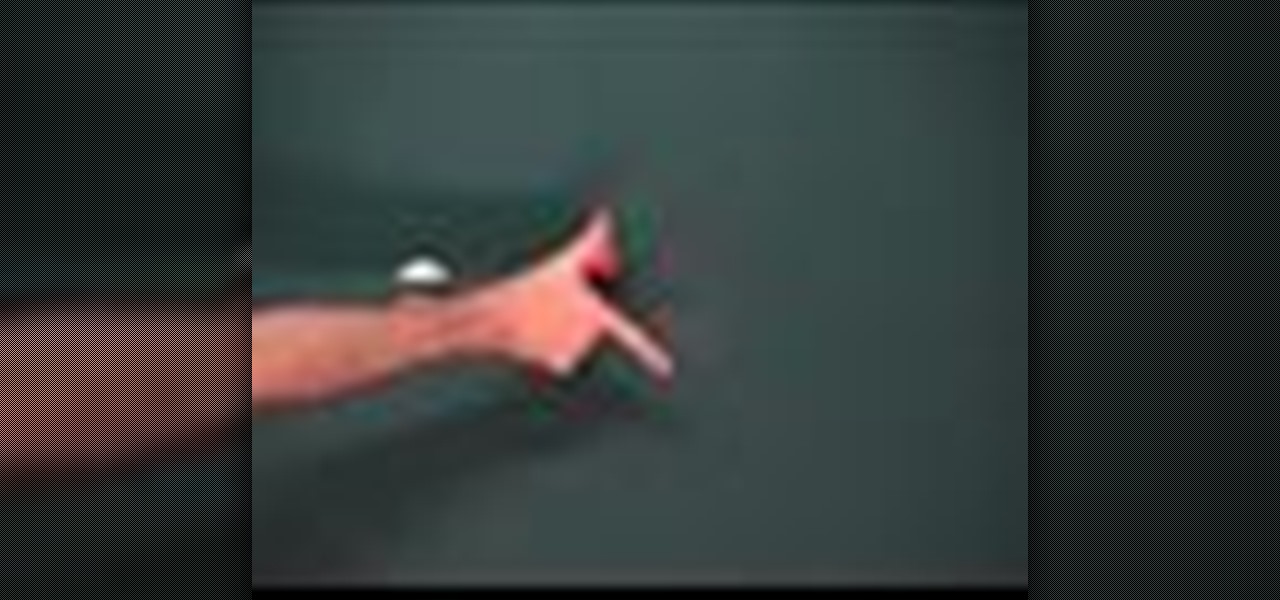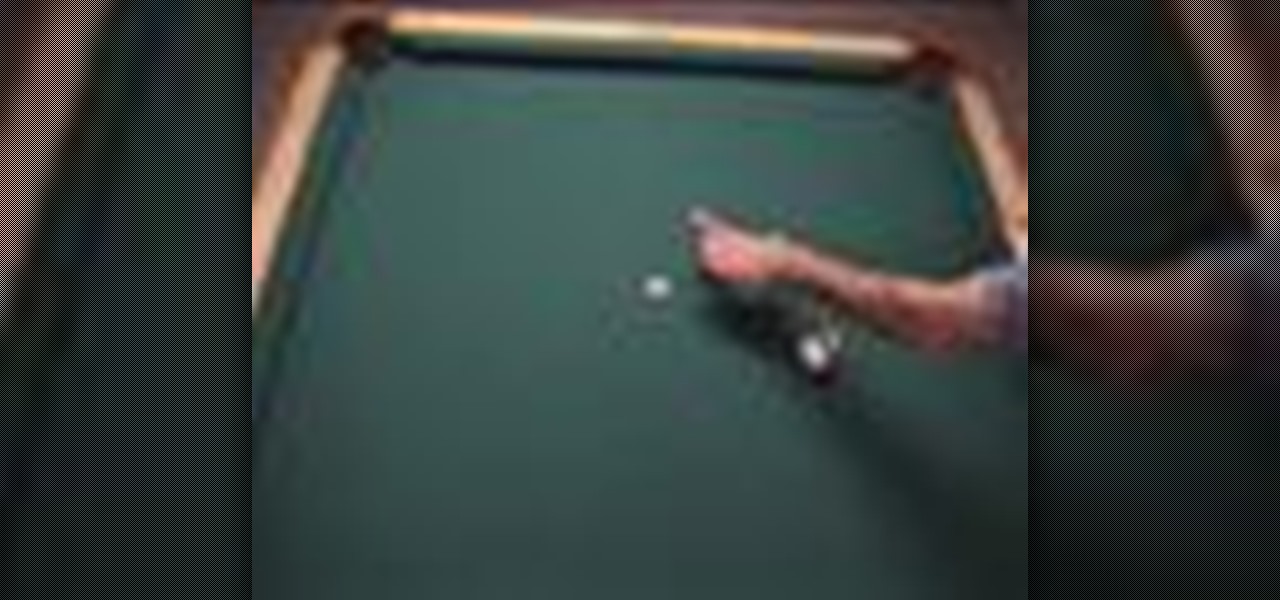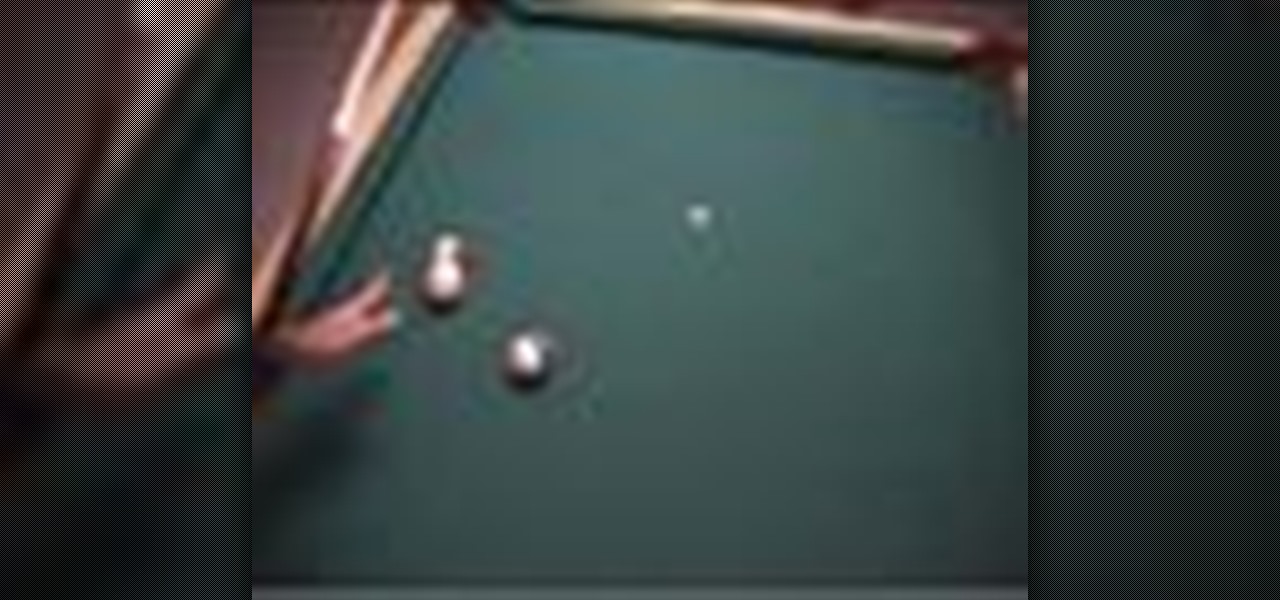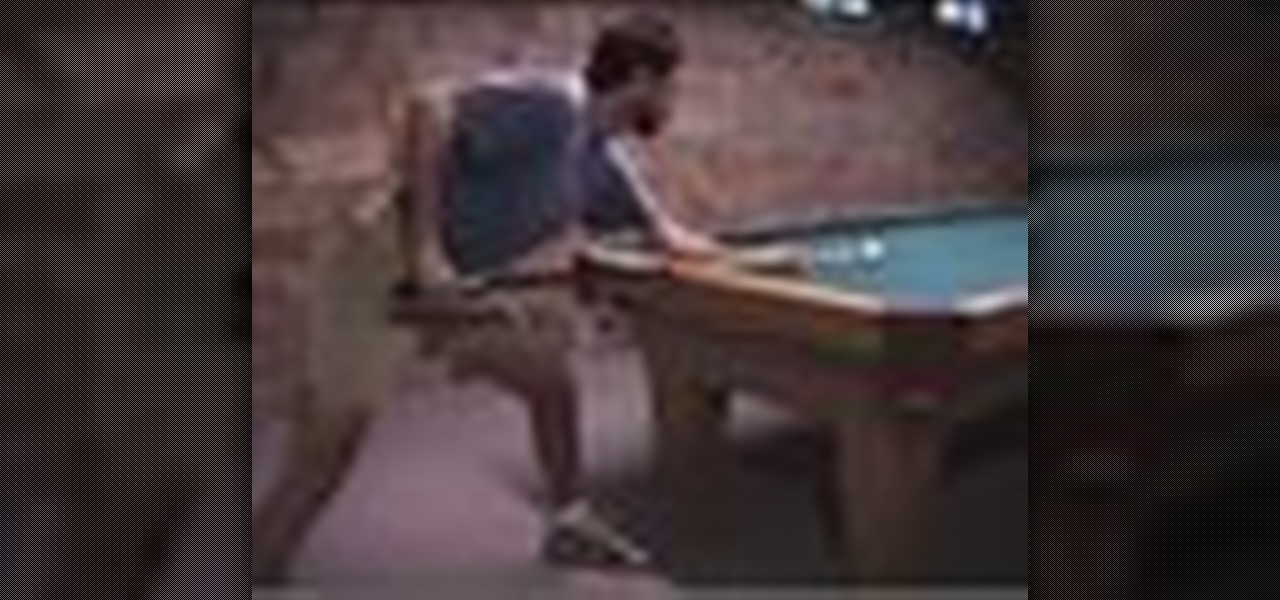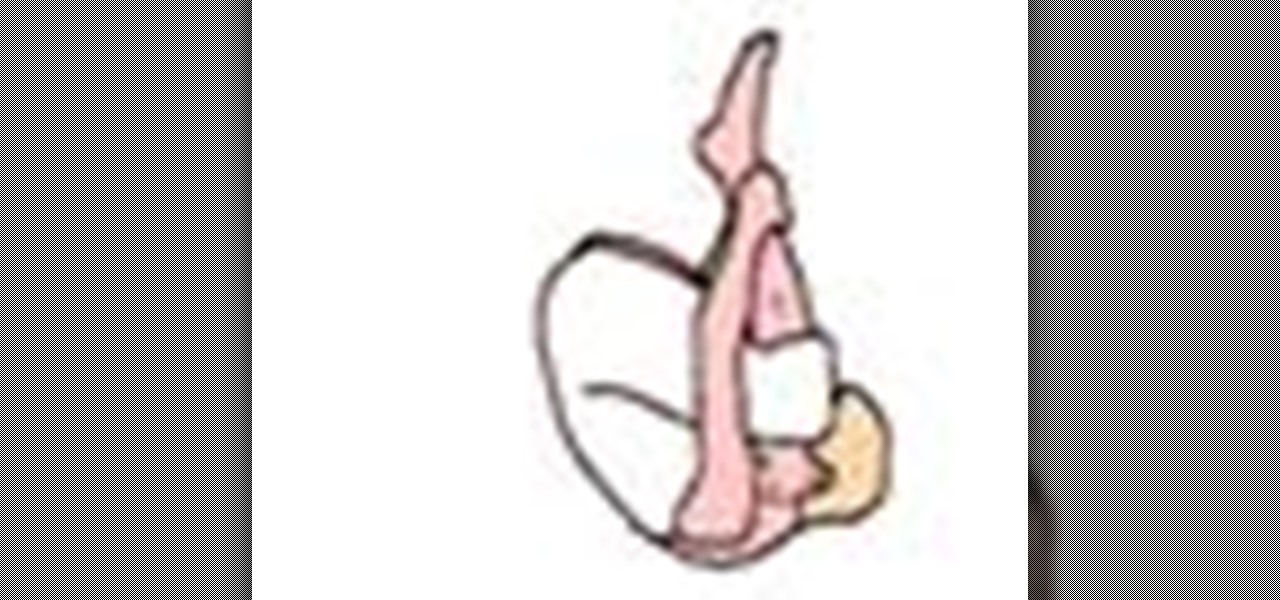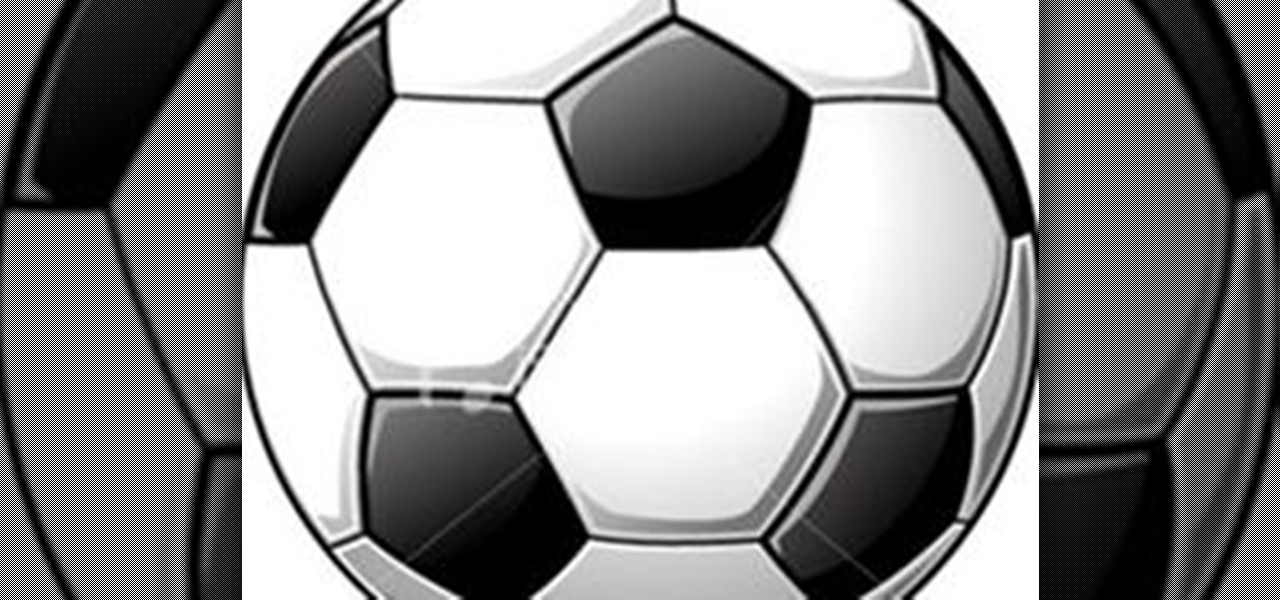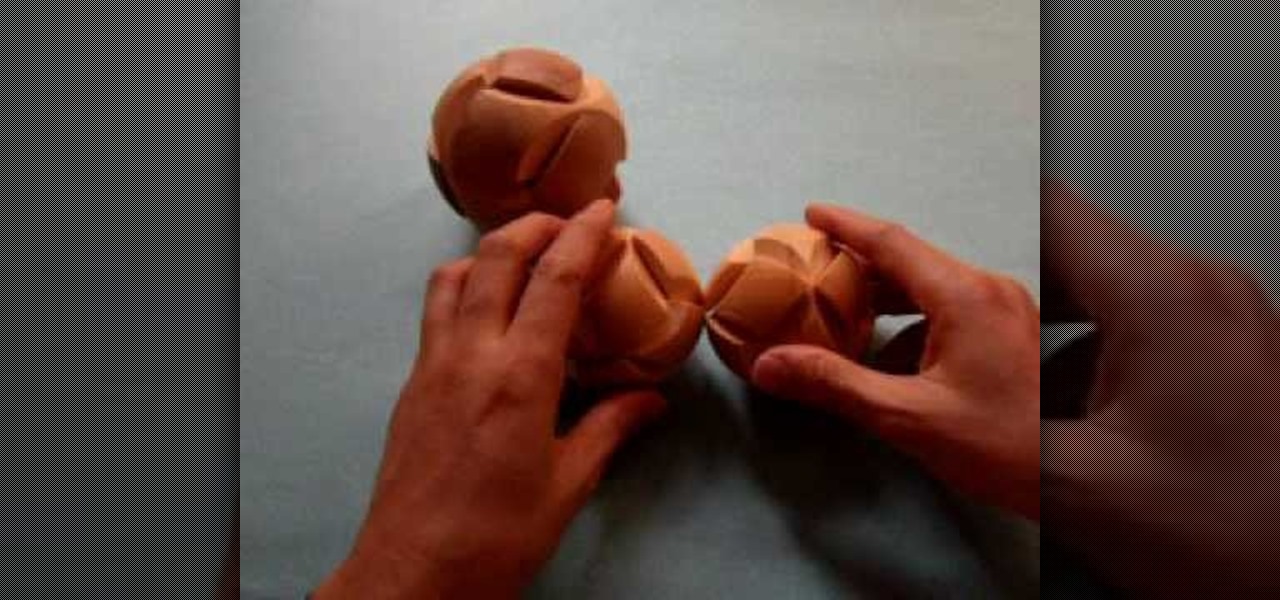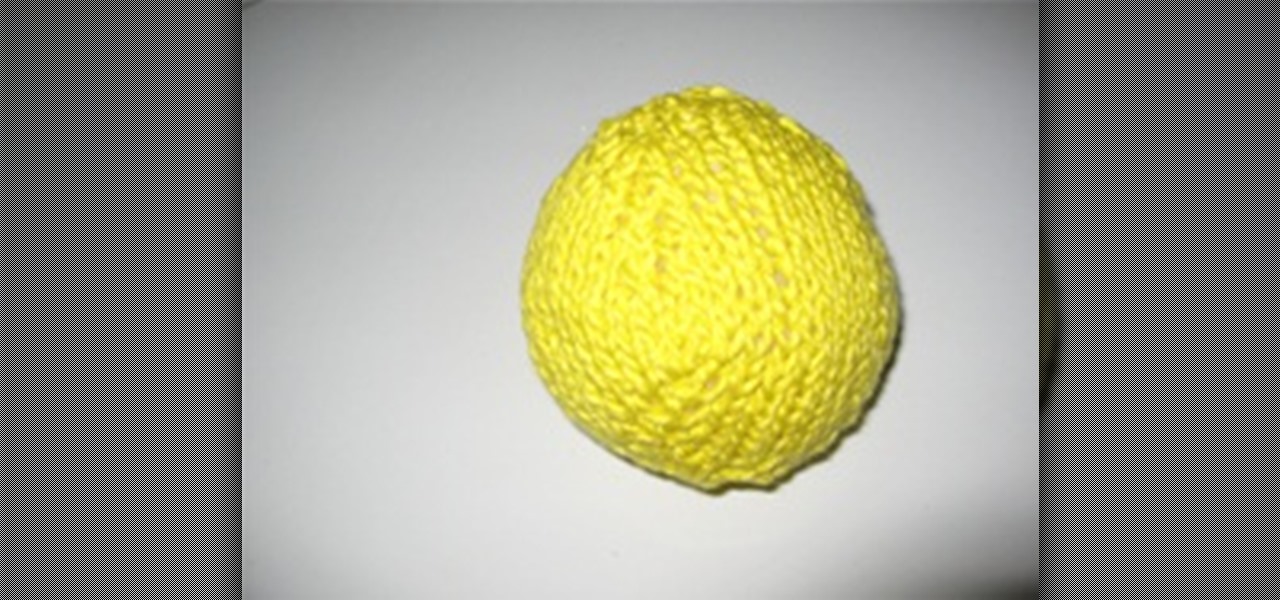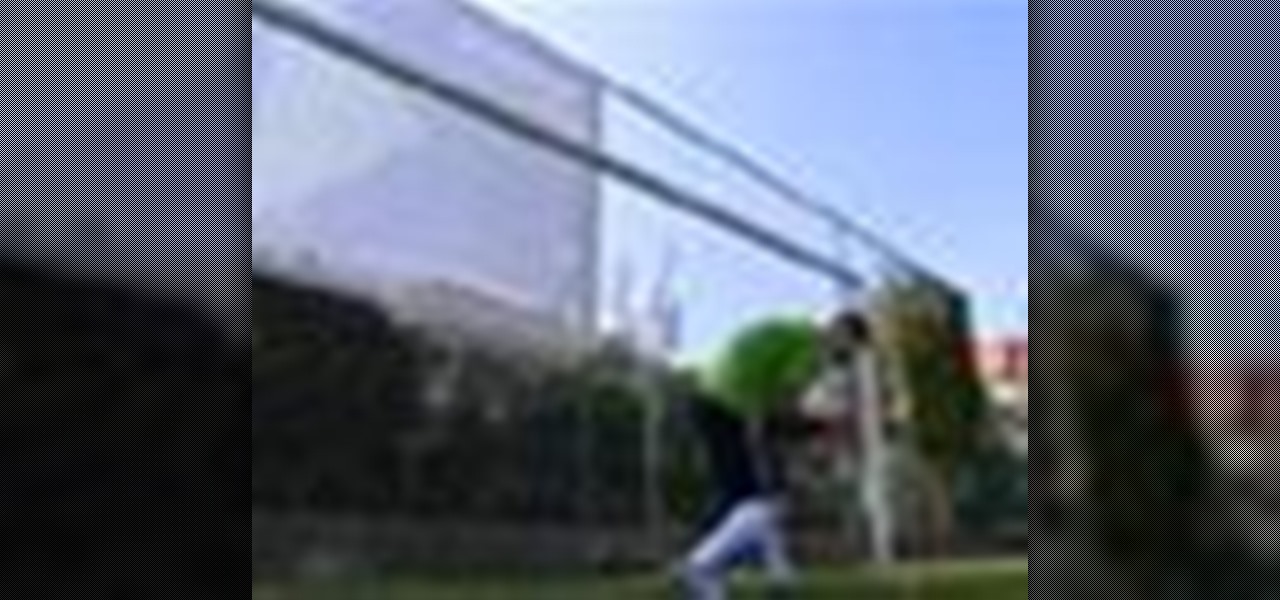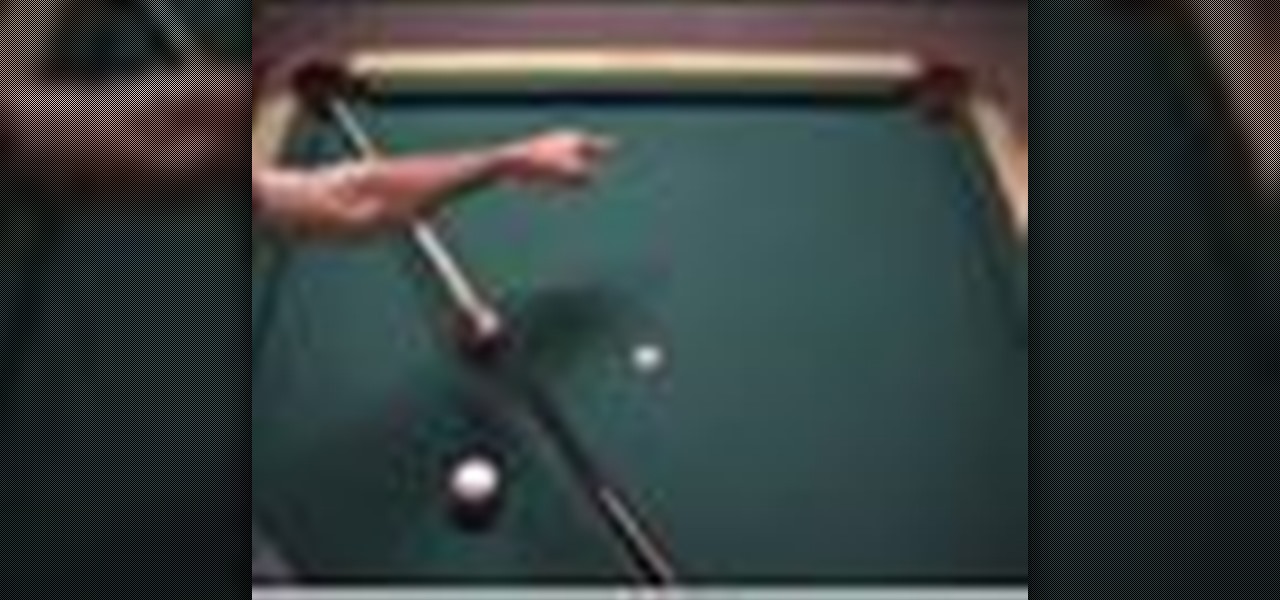
By using the 90 degree rule when shooting pool you can make the cue ball follow along a tangent line to determine perfectly where the ball will go and prevent scratch. The cue ball follows the path of the object ball and is deflected off the rail setting up the next shot. Prevent a scratch in pool using follow.

This pool shooting video demonstrates the best way to use the rails to deflect a frozen cue ball toward the object ball. To unfreeze the cue ball you can deflect it off the opposite rail, then it will deflect off the rail near the object ball and gently knock it into the pocket. Shoot a two-rail kick shot in pool.

This video illustrates how to use your own hand to help visualize the 90 degree rule when shooting pool and determine where the cue ball and the object ball will go, so you don't scratch. The thumb and forefinger spread out in an "L" shape will effectively predict the directions the cue ball and the object ball will take. Visualize the 90 degree rule in pool.
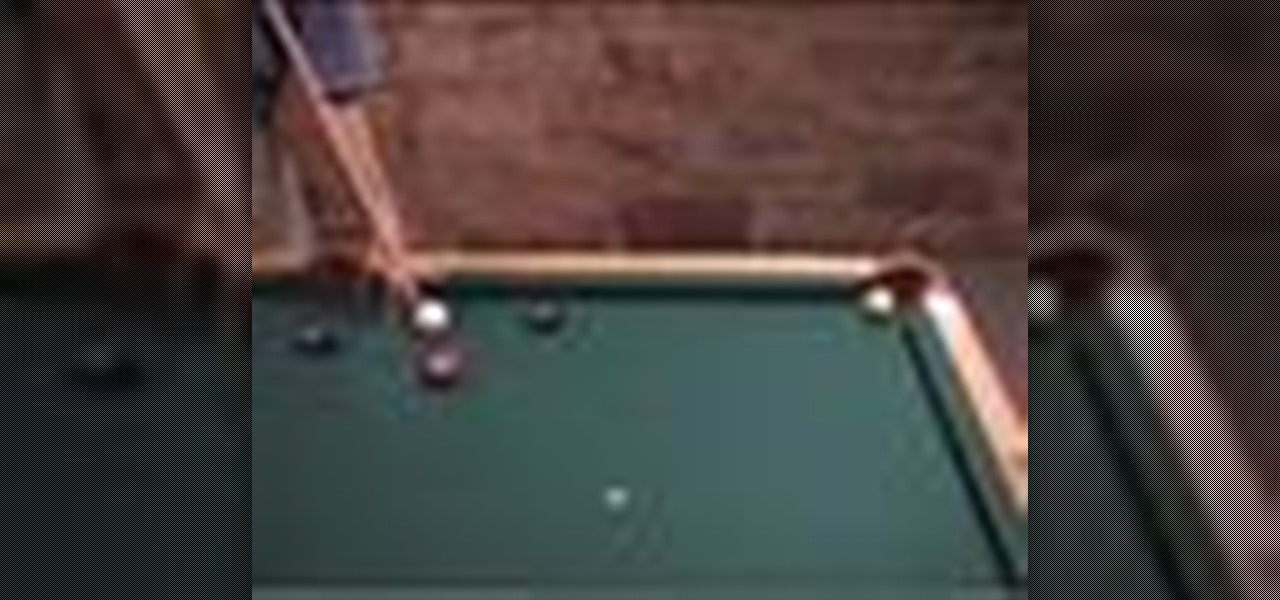
This video demonstrates the massé shot, in which the cue stick is almost vertical and a bottom left English is used to curve the cue ball around obstacles. This type of shot drives the cue ball into the table and can cause damage to the table fabric. Despite the risks, a large-curve massé looks very impressive. Make a large-curve massé shot.

This video shows how to use "Left English" when shooting pool. This simply means hitting to the left of the center of the cue ball, which causes the cue ball to deflect off the rail to the left, a fundamental technique for any billiards player. Shoot a Left English shot in pool..
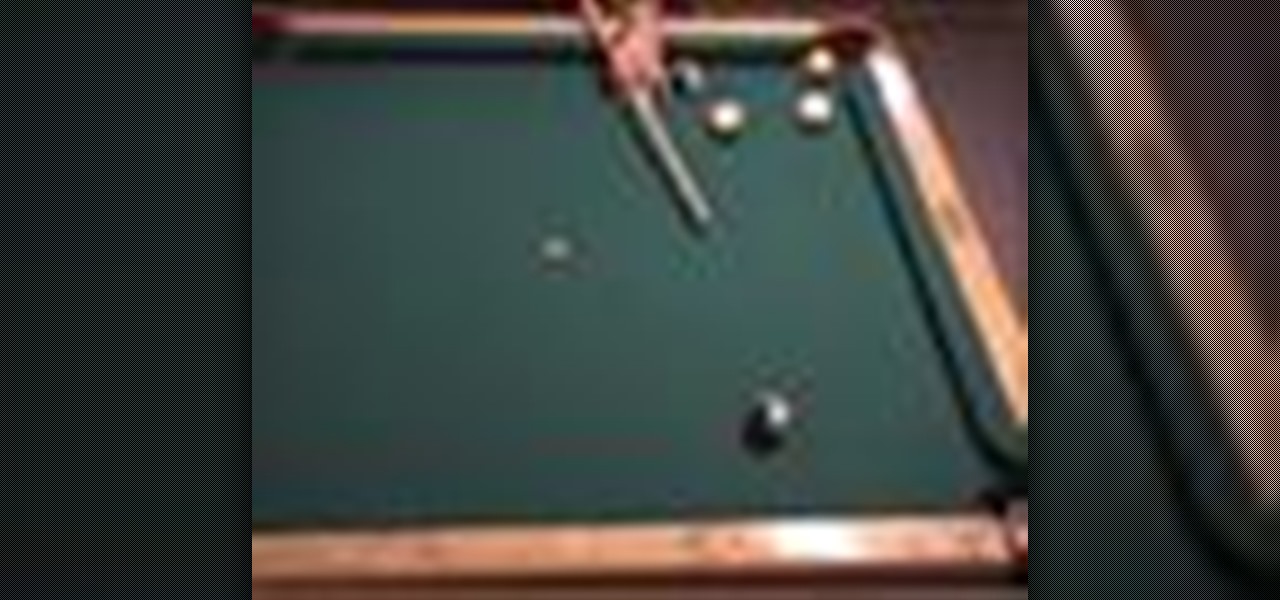
A pool shooting tutorial. Using a slight right English in this example, the cue ball bypasses an obstacle ball and kicks off the rail, sending the object ball into the pocket. The use of reverse English reduces the rebound angle as the object ball is deflected off the rail which enables you to hit previously unreachable balls. Straighten a kick shot in pool using reverse English.

This is a quick demonstration of how to pocket a ball with a shallow angle range. Use the rails to help guide the ball, hitting the cue ball softly. If you hit the ball with speed, the rail will impart English on the object ball, and the ball will rattle away from the pocket. Make a shot along the rail.

This pool shooting video demonstrates two different ways to pocket a ball. In the first, the cue ball hits the object ball in and is deflected away from a scratch. In the second, the cue ball hits another ball in order to tip the object ball into the pocket without a scratch. Either technique will help you win you billiard game. Hit a cut shot and a carom shot in pool.

Steve Davis and John Parrott show how to hit the screw shot, in which the cue ball rolls back after contact with the target. The video contains slow motion footage of what's happening to the cue ball in response to contact with the cue. Hit a screw shot in snooker.

This pool shooting tutorial illustrates the 90 degree rule, which states that when the cue ball hits the object ball straight, the two balls will separate at 90 degrees. This is true regardless of the "cut angle," or angle the balls are apart from each other. Use the 90 degree rule with cut angles in pool.

This video shows how to check for and prevent a scratch in pool by utilizing the 90 degree rule and sending the object ball into the correct pocket. Two techniques shown to are "follow" and "draw," hitting the cue ball above or below the center. Prevent a scratch in pool using the 90 degree rule.

In this example the left English is used to create an angled kick pool shot. In other words, the cue ball is hit off center in order to cause the object ball to deflect off the rail at a wider than normal angle to hit a blocked ball. Create an angled kick shot in pool using English.

This video demonstrates a shot from the film "Pool Hall Junkies" and involves hitting the cue ball off center with a medium stroke. The object ball then banks off the rail into other balls, deflects off those and goes into the pocket. Make a double bank shot.

This video demonstrates the "Right English" technique in shooting pool. It involves hitting a cue ball to the right of the center, causing the ball to deflect to the right, a fundamental technique for any billiards player. Shoot a Right English shot in pool.

This video demonstrates how to pocket the object ball (in this case, the 8 ball), by letting the cue ball deflect off two rails. It is necessary for the cue ball to follow the imaginary parallel lines leading from these rails to the object ball. This shot is useful for when traditional shot lines are blocked. Make a kick shot using the 2 rail parallel line method.

This is a quick demonstration of the "stun" shot. This shot uses the 90 degree rule to pocket the object ball when it isn't lined up with the pocket and predict the path of the cue ball. Make a stun shot.

This is another example of the 30 degree rule when shooting pool. It shows that the anticipated and actual paths of both balls are the same. With a solid knowledge of the 30 degree rule, you can accurately predict where the cue ball will go and set up you next shot. Use the 30 degree rule when shooting pool.

When shooting cut shots you have to over compensate a shot so that the sideways friction of the cue ball does not push the object ball off the intended path. To combat the throw, you must aim a little wide, as shown by the video. Over-cut a shot to compensate for throw.

This pool shooting video demonstrates the proper stance for a power break, or shooting the cue ball at the triangle form at the beginning of a game. Your feet should be wide apart, body weight forward, make several practice shots, and a strong shot with straight follow through. By using proper technique, you will open any billiard game with a statement. Stand for a power break when shooting pool.

If you use the follow technique on a shot with a small cut angle, the cue ball will deviate from the line tangent to 90 degrees. Deviation from tangent line.

Learn how to properly hit a cue ball while playing pool by learning what NOT to do. This video shows how a miscue happens from an off-center hit or no chalk. Avoid a miscue when playing billiards.

This video demonstrates good technique for planning and executing a pool shot, beginning with the 90 degree rule or the 30 degree rule. First visualize the aiming and impact lines, then the tangent line where the cue ball will go. Decide how fast to shoot depending on how far the ball is from the pocket. Select your hand position then execute the stroke, keeping your head down. Plan a shot in pool.

This video demonstrates how to be aware of the possibility of the delayed curving of a follow shot, and how to use this to your advantage. The curving occurs when the cue ball is hit at high speeds, and the type and speed of the curve are dependent on the speed of the shot. Use delay in a follow shot to your advantage.

Search "Pilates animation" on Wonderhowto for other more videos by this user. If you are looking a for a quick pilates reference, take a look at this pilates animation. This a quick & easy, clearly explained diagram of the pilates mat exercise: Classical Pilates for Beginners:

Shooting technique: Locking your ankle and pointing your toes down when striking the ball is probably the most important factor in developing the proper shooting technique. It is probably the hardest skill to learn in soccer, but not anymore because I am here to guide you through and help you improve. Down below I have put down some steps to improve your shooting ability and I have also applied some pictures to make it easier for you to understand and apply while shooting. Enjoy the rest of t...

Let's face it, ladies: Salsa dancing is a guy's dance. By that we mean that whether or not you have a thrilling time dancing and look professional depends on how good your male partner is, since he's the lead.

You don't necessarily need a medicine ball for this "medicine ball hand walk" exercise. Men's Health will show you exactly how to do this abs workout exercise. If you struggle to get started with this core muscles exercise, then try replacing the ball with a small step.

If you love brain teasers and own the wooden ball puzzle, but haven't been able to solve it, this video is for you. The wooden ball puzzle can be a real challenge, but this how-to walks you through the process, slow and easy to make sure you get it. In addition, this video shows how to solve both the large and the small wooden ball puzzle. So, if you're at the end of your rope, don't despair, help for you and your wooden balls is on the way! Solve the wooden ball puzzle.

This instructional video from BaseballRox will help you develop your outfield mechanics with outfield drills in the sport of baseball. These baseball videos are aimed to help young players and coaches improve their performance on the field. See how to practice the outfielder's two ball drill in baseball.

Knitted balls can be used for all sorts of projects. The obvious is a Christmas ornament, but knitted balls can also be the basis for knitting toys or snowmen. And of course, they can be used simply as balls which make a lovely gift for a baby. They can be all one color, striped or patterned. To get started, follow the directions below for a one-color knitted ball. You will need to know how to knit on double-pointed needles, so if you need help with that, check out my other article.

If you have a Swiss ball, then it's probably about time you used it, and the "lying Swiss-ball row with external rotation" is a great exercise to try out. Men's Health gives you the lowdown on this arm workout. As with the incline bench row, you will work your back, biceps and forearm muscles.

You'll need a stability ball for this "Swiss-ball cable Russian-twist" abs exercise from Men's Health. To progress in this particular exercise, simply increase the weight and use a fuller stability ball.

In this first part of a two-part project tutorial, instructor J. Schuh demonstrates how to create a static ball in After Effects CS4. To do this, he will create an inner sphere and an outer sphere, using the fractal noise effect.

This video demonstrates how to deal with an opponent's ball that is directly blocking the pocket. In order to put one of your own balls into the pocket, it may be necessary to shoot your object ball at the one blocking the pocket, making them both go in. Pocket your ball when it is blocked by opponent's ball.

Squash is a racquet sports game, seemingly similar to tennis, but played on a small indoor court with hollow rubber ball, much small than a tennis ball. Squash is an intense, high impact sport. This squash tutorial demonstrates a squash forehand volley drop off cross court.

A curve ball is considered an off-speed pitch and is very effective. You should not throw this pitch if you are not physically mature yet. Around 13 years old is an appropriate age to start throwing one. A curve ball is slower than a fastball and breaks down. It breaks from 12 to 6. If the strike zone was a clock, a curve ball would start at the 12 and end up at the 6. You should throw this pitch when you are ahead in the count and can put the batter away!

Passng Technique: The instep pass is the most common way and the most efficient to pass a ball in soccer. It requires the use of your inside foot. Passing a ball is similar to shooting. It requires you to have your plant foot a foot away from the ball. Bend your standing leg, and follow through the ball with the inside of your foot making sure you lean forward and with a locked ankle. In this article I will guide you to help improve your passing by talking about the different things you need ...

Want to learn how to play soccer like the pros? Watch this UEFA Training Ground video to learn the actual ball control drills used by the Spanish Football Federation.

Chelsea F.C. and Czech Republic goalkeeper Petr Cech believes that goalkeeping is one of the most important and strenuous positions on the soccer team. And with this video, he shows you just how hard tuning into the ball's whereabouts it.

Reading FC Academy Manager Eamonn Dolan takes you through some simple turning drills. These are important for every player on the field to turn on a defender. Running, turning and dribbling with the ball is important to moving the soccer ball up the field. You can practice with a square as a group. Practice turning, dribbling and running with the ball.











